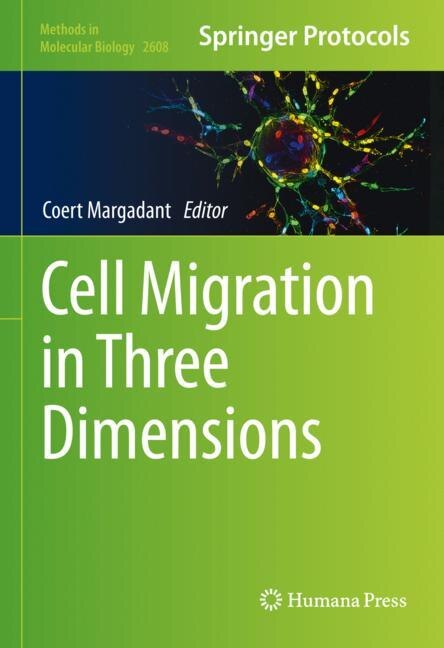Home
Cell Migration in Inflammation and Immunity by Daniele D'Ambrosio, Hardcover | Indigo Chapters
Loading Inventory...
Coles
Cell Migration in Inflammation and Immunity by Daniele D'Ambrosio, Hardcover | Indigo Chapters
From Daniele D'Ambrosio
Current price: $160.95


Coles
Cell Migration in Inflammation and Immunity by Daniele D'Ambrosio, Hardcover | Indigo Chapters
From Daniele D'Ambrosio
Current price: $160.95
Loading Inventory...
Size: 1 x 9.25 x 2.84
*Product information may vary - to confirm product availability, pricing, shipping and return information please contact Coles
Chemokines and their receptors play a central role in the pathogenesis of numerous, perhaps all, acute and chronic inflammatory diseases. About 50 distinct chemokines produced by a variety cell types and tissues either c- stitutively or in response to inflammatory stimuli are involved in a plethora of biological processes. These small secreted proteins exert their exquisitely variegated functions upon binding to a family of seven-transmembrane spanning G-protein coupled receptors (GPCRs) composed of almost 20 distinct entities. The biological activities of chemokines range from the control of leukocyte trafficking in basal and inflammatory conditions to the regulation of hema- poiesis, angiogenesis, tissue architecture, and organogenesis. The basis for such diversified activities rests, on one hand, upon the ubiquitous nature of chemokine production and chemokine receptor expression. Virtually every cell type can produce chemokines and expresses a unique combination of chemokine receptors. On the other hand, chemokine receptors make use of a flexible and complex network of intracellular signaling machineries that can regulate a variety of cellular functions ranging from cell migration, growth, and differentiation to death. As knowledge of the size of chemokine and chemokine receptor families rapidly reaches completeness, much is still to be uncovered in terms of fu- tional architecture of the chemokine system. The disparity between the large number of chemokines and that smaller number of receptors is balanced by the promiscuity in ligand-receptor interactions, with multiple chemokines binding to the same receptor and several chemokines binding to more than one receptor. | Cell Migration in Inflammation and Immunity by Daniele D'Ambrosio, Hardcover | Indigo Chapters













